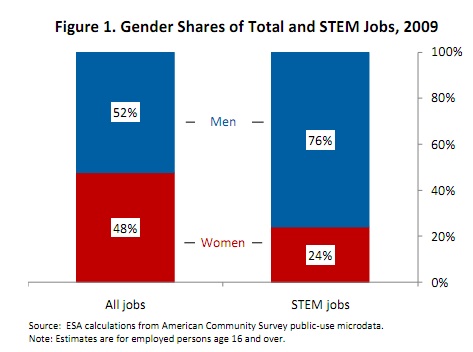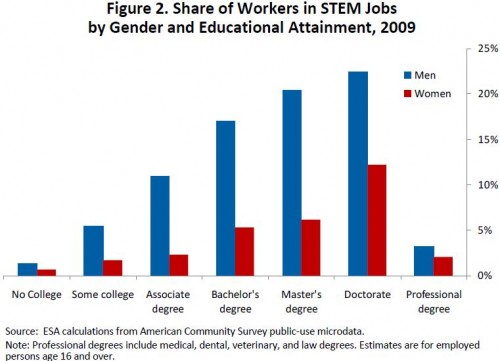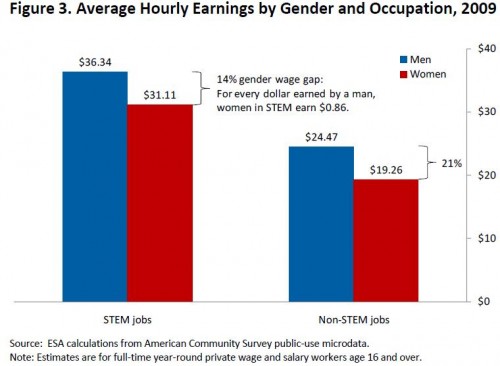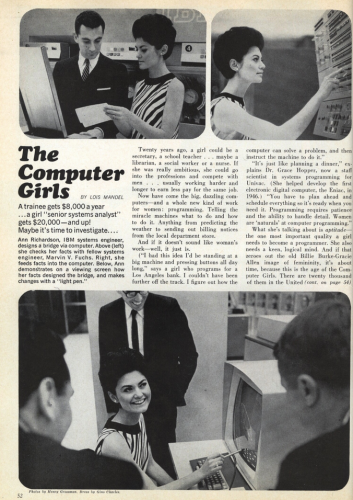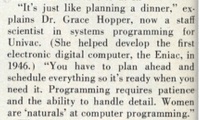
Duff sent in a video showing candidates from the 2011 Miss USA contest answering the question, “Should evolution be taught in schools?” Their answers are a great example of the normalization of the idea that evolution is “one side” of a story, with religion being the other side, and that we should just choose between these two stories based on what we’re most comfortable with personally:
There’s a striking discourse here of allowing children (or, by extension, their parents) to “choose” whether to learn about evolution or whether it’s a perspective they like, in a way we don’t apply to other scientific theories. I suspect if you allowed students to choose, they might, just perhaps, decide that calculus, grammatical rules, and the laws of physics aren’t things they happen to feel like learning, a fact that most curriculum review committees see as rather irrelevant.
This discourse of choice works, in part, because of the word “theory.” In popular usage, “theory” is often used as though it’s interchangeable with “idea” or “opinion” or “random thought I just made up in my head right now.” Of course, scientists use the word in a very different way, and the scientific process is to test theories and find evidence for or against them. But the conflation of “theory” in the scientific sense with “opinion” in the public-usage sense facilitates the discourse of choice.
I suspect that some watching the video will see this as little more than an example of air-headed, dumb women not understanding science. But it’s important to remember that these women are carefully prepped for this competition; they have been through years of lower-level beauty pageant competitions and, to get to the Miss USA contest, they’ve clearly learned the rules of the beauty pageant circuit. They may or may not personally completely agree with what they’re saying; the point is to provide an answer that they believe is most likely to appeal to a group of judges who are looking for a candidate who will be palatable to a broad audience and unlikely to stir controversy. Whatever their personal opinions might be, the women are providing an answer based on a perception of what the most acceptable response is — and the discourse of choice is sufficiently normalized to be a viable, and perhaps the only viable, option they can give and hope to win.
And, if you’re interested, here’s a parody video asking if math should be taught in schools:
Gwen Sharp is an associate professor of sociology at Nevada State College. You can follow her on Twitter at @gwensharpnv.

